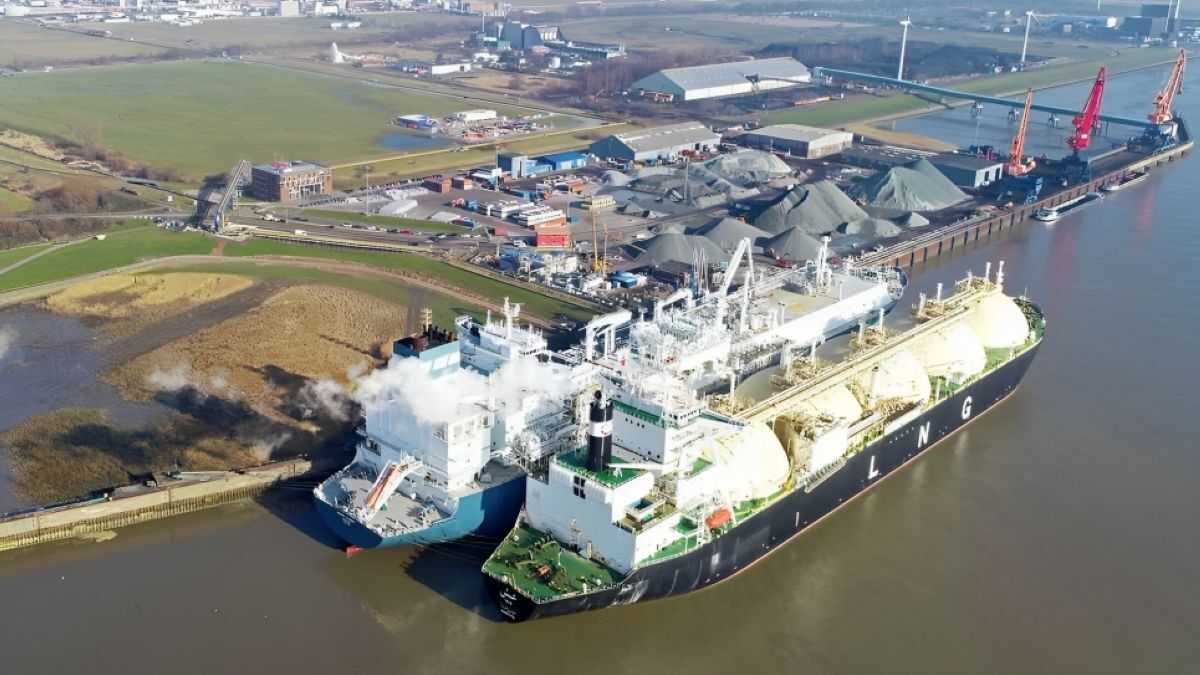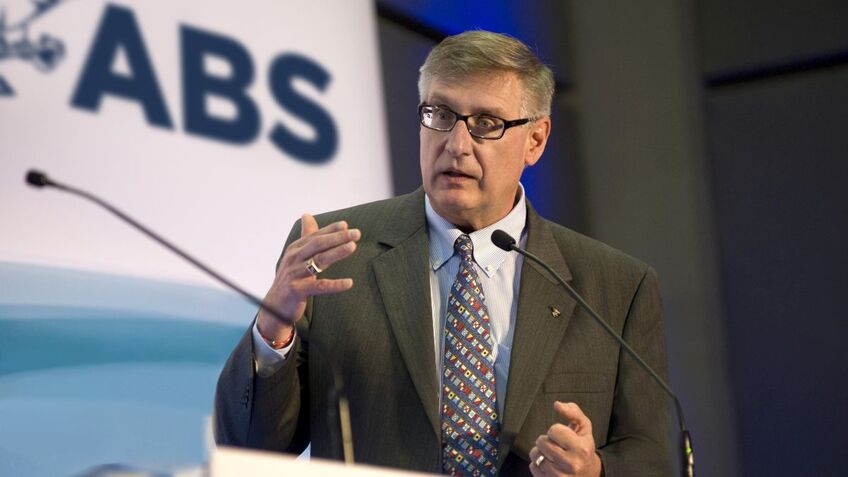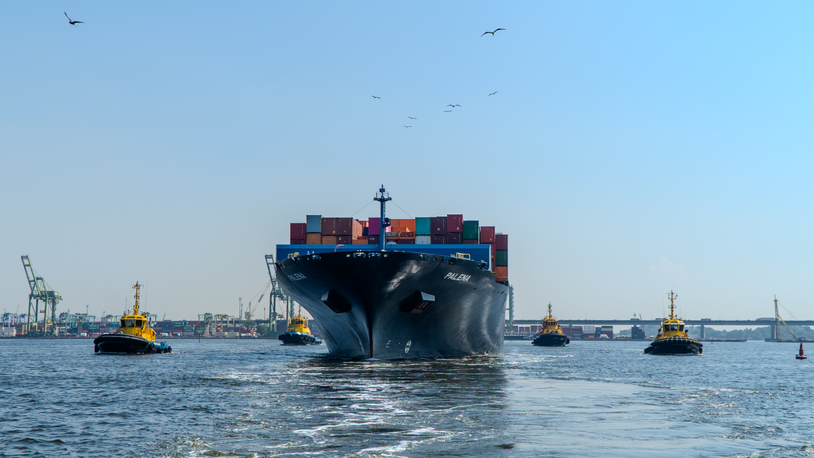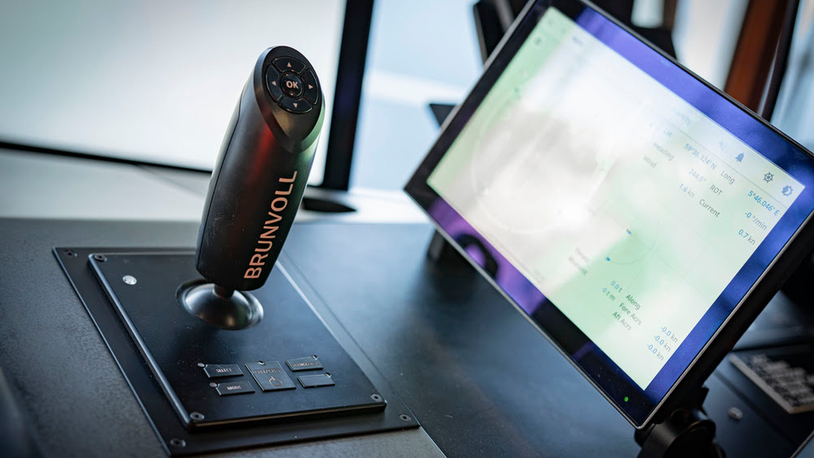Business Sectors
Events
Contents
Making the cold ironing connection
ABS assesses the requirements for switching safely to shoreside power in port
ABS assesses the requirements for switching safely to shoreside power in port
A post-Panamax container ship using onboard generating power will create around one tonne of NOx emissions and almost 45kg (100 pounds) of particulate matter every day alongside its berth in port, reports US classification society ABS. The cumulative effect on air quality can therefore be significant in large ports with dense populations.
A report commissioned by the Port of Long Beach, California, suggests that ships berthed at the twin US ports of Los Angeles and Long Beach generate more than 4,000 tonnes of smog-forming NOx annually.
Not surprisingly, this issue is before the IMO’s Marine Environment Protection Committee (MEPC), with Sweden and Germany jointly proposing to MEPC 54 initiation of a standardisation process – involving the International Standards Organisation, if appropriate – for providing onshore power for ships in port. The concept is also referred to as alternative maritime power (AMP) or cold ironing.
It was agreed by the committee that standardised power connections could benefit the industry but noted that more detailed studies were needed. Subsequently, the International Association of Ports & Harbours also undertook research in the area.
Cold ironing is neither a new concept nor widespread. It has been applied for many years in a limited number of locations by ships on regular trades and, more recently, in a growing number of environmentally sensitive areas such as by cruise tonnage in Alaska, container ships in southern California and ferries in Scandinavia.
Requirements by local governments call for the reduction of emissions of diesel particulate matter, NOx, SOx and reactive organic gases, as well as set goals for reductions. The state-wide emission reduction goal for California for 2010, for example, is to reduce the projected emission levels for that year to 2001 levels or below.
As requirements become more stringent, it is expected that the need for cold ironing systems will increase regionally and globally.
The MEPC submission by Sweden and Germany recognises that cold ironing may not be a universal panacea. It is acknowledged that shore power will often be more expensive; that CO2 emissions from shoreside power generation may be greater than those of an efficient onboard genset, particularly if the shore utility is coal fired; that the loss of power during changeover may be detrimental to the modern electronic equipment and systems onboard; and that the technical standards associated with onboard electricity vary widely, posing significant difficulties in matching ship requirements with shore supplies.
It is for the last reason in particular that the submission urges the creation of international standards to promote the widespread use of cold ironing.
There would be no limit to the type of ship that can be considered for changeover to shore power connections, although it is estimated that modification costs could run as high as US$1 million for some vessels. Such tonnage as passenger vessels, large container ships and reefer vessels may require loads in the order of several MW, much higher than what could be supplied through a typical low voltage ‘shore power connection’.
There are currently no published standards addressing the connection of ships to shoreside electrical power systems when the connection voltages are 6.6kV or 11kV. There are, however, some industry standards, class society rules (including ABS requirements) and regulations covering typical low voltage shore power connection (usually 480V).
International standards, says ABS, will need to be developed to establish requirements specifically for cold ironing systems if the issue is to be effectively and efficiently addressed. Some elements requiring particular attention include:
• standardisation of connectors and interconnecting power cables as well as system voltages and frequencies
• safe paralleling of a ship’s main generators to the shore power to avoid disruption of power when connecting and disconnecting
• methods to limit or prevent the possibly large levels of available short-circuit current from a shore power system from damaging the ship’s power system and equipment, since the typical onboard power system would not be rated to handle such possibly high levels
• cable management systems at the berths to accommodate different-sized vessels and environmental factors, such as large tidal fluctuations
• control signals from ship to shore and from shore to ship would need to be made available whenever the safety of the ship or the port might be affected: for example, during offloading operations for an LNG carrier the port may issue an emergency shutdown (ESD) signal to the ship to stop discharging
• whenever possible, it would be advantageous to transfer back to vessel power prior to actually losing the shore power; if shore power is lost before transfer back to vessel power the flag state may consider this to be a reportable incident
• consideration of the need for a ship to make an emergency departure from a port in response to a perceived threat. Ships with steam turbine propulsion would not be able to shut down their propulsion boilers. Diesel-driven vessels with electric propulsion would be able to shut down most of the engines driving generators. At least one diesel engine should be designated as a standby generator and provided with the necessary arrangements allowing a quick start-up for emergency departure.
• the auxiliary boiler may be needed to maintain the temperature of heavy fuel oil and engine jacket water. If the port authority requires the boiler to be shut down, an electric heating system may be needed. Using fuels that do not require heating, instead of HFO, should also be considered.
As regulations become more stringent, shutting down the auxiliary boiler will be viewed as another way of further reducing emissions.
Other practical issues to be considered by a shipowner include the means for onboard storage and handling of the necessary electrical cables. An interim container-based system could also be investigated: a container fitted with the necessary connection panel/switching gear, transformer and cable can be stored at a port and loaded onboard a vessel on arrival by a contractor.
ABS can provide comprehensive guidance to shipowners on both the design of the electrical system for a newbuilding and on retrofits to existing tonnage, preparing them for cold ironing to meet the needs of specific trades and for the anticipated stronger pressure to exploit shore power in the main urban ports of the world. MP
Related to this Story
Events
Maritime Environmental Protection Webinar Week
Cyber & Vessel Security Webinar Week
The illusion of safety: what we're getting wrong about crews, tech, and fatigue
Responsible Ship Recycling Forum 2025
© 2024 Riviera Maritime Media Ltd.













